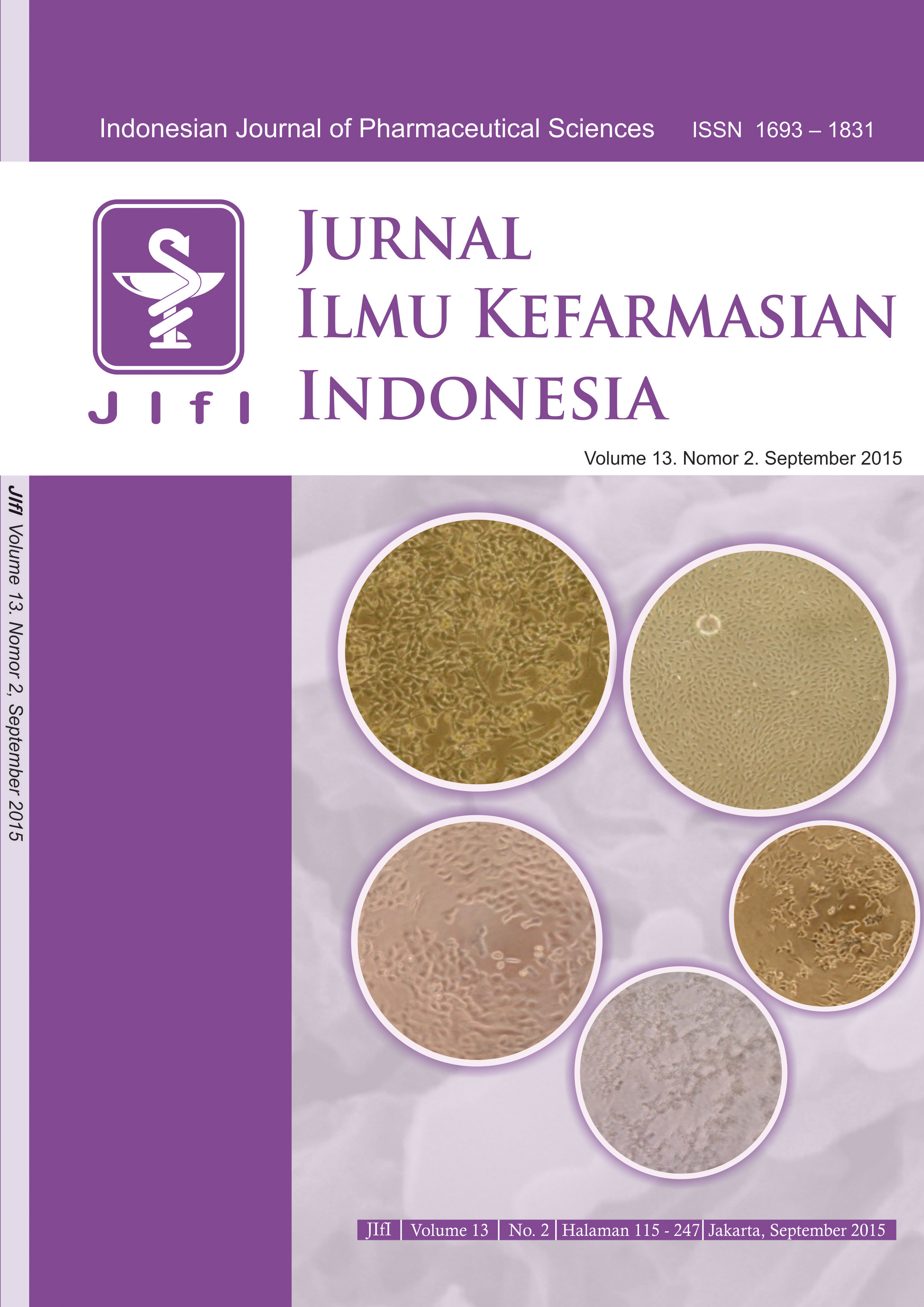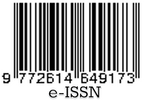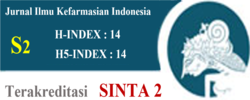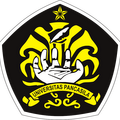Aktivitas Cairan Kultur Bakteri Penghasil Antibiotik (Isolat P301) terhadap Staphylococcus aureus ATCC 25923 dan Optimasi Waktu Produksi Metabolit Sekunder
Abstract
Isolat P301 adalah bakteri penghasil antibiotik yang diisolasi dari rizosfer tanaman padi. Tujuan dari penelitian ini adalah untuk mengetahui aktivitas antibakteri dari cairan kultur isolat P301 terhadap Staphylococcus aureus ATCC 25923 dan mengetahui profil optimasi waktu produksi metabolit sekunder dari isolat P301 sebagai penghasil antibiotik. Aktivitas antibakteri ditetapkan dengan metode sumuran dengan mengukur zona hambat di sekitar sumuran. Penentuan profil optimasi waktu produksi metabolit sekunder yaitu dengan membuat grafik hubungan antara diameter zona hambat dengan waktu inkubasi. Hasil penelitian menunjukkan bahwa cairan kulturisolat P301 mampu menghambat pertumbuhan S. aureus. Berdasarkan uji aktivitas terhadap S. aureus, waktu produksi antibiotik yang optimal adalah setelah diinkubasi minimal selama 11 hari.
Licencing
All articles in Jurnal Ilmu Kefarmasian Indonesia are an open-access article, distributed under the terms of the Creative Commons Attribution-NonCommercial-ShareAlike 4.0 International License which permits unrestricted non-commercial used, distribution and reproduction in any medium.
This licence applies to Author(s) and Public Reader means that the users mays :
- SHARE:
copy and redistribute the article in any medium or format - ADAPT:
remix, transform, and build upon the article (eg.: to produce a new research work and, possibly, a new publication) - ALIKE:
If you remix, transform, or build upon the article, you must distribute your contributions under the same license as the original. - NO ADDITIONAL RESTRICTIONS:
You may not apply legal terms or technological measures that legally restrict others from doing anything the license permits.
It does however mean that when you use it you must:
- ATTRIBUTION: You must give appropriate credit to both the Author(s) and the journal, provide a link to the license, and indicate if changes were made. You may do so in any reasonable manner, but not in any way that suggests the licensor endorses you or your use.
You may not:
- NONCOMMERCIAL: You may not use the article for commercial purposes.
This work is licensed under a Creative Commons Attribution-NonCommercial-ShareAlike 4.0 International License.





 Tools
Tools





















